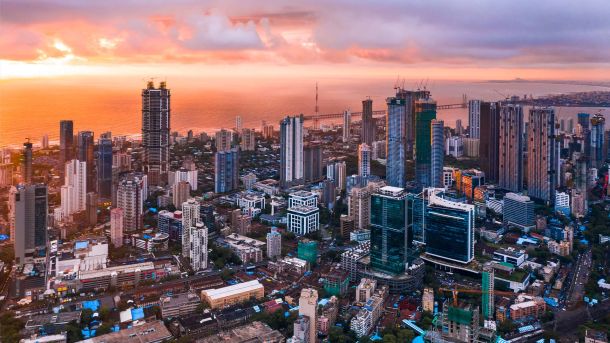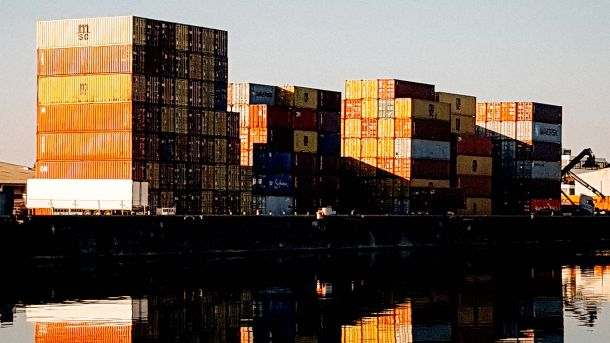
This decrease was mainly due to:
- Housing and Utilities: Up 4.4%, contributing a 1.0 percentage point.
- Food and Non-Alcoholic Beverages: Up 2.7%, adding a 0.5 percentage point.
- Restaurants and Accommodation Services: Up 4.2%, adding another 0.3 percentage point.
Year-over-year, goods inflation was 2.0%, down from 2.5% in February, and services inflation eased to 3.5% from 3.8%. Despite slower price increases, inflation continues to reduce household purchasing power across South Africa, leading many to rely on short-term credit, increasing their vulnerability to interest rate changes.
On a positive note, the Monetary Policy Committee (MPC) cut the interest rate by 25 basis points in January but maintained it in March. The Reserve Bank remains cautious about inflation and interest rates, especially due to the US-China tariff war’s potential impact on price stability. Factors like moderate inflation, slow economic growth, improved electricity supply, and positive market sentiment influence the Bank’s interest rate decisions. However, price stability is a primary concern, determining future interest rate cuts in late 2025.





